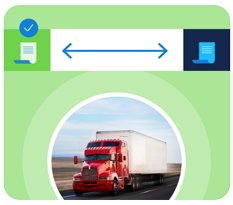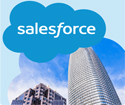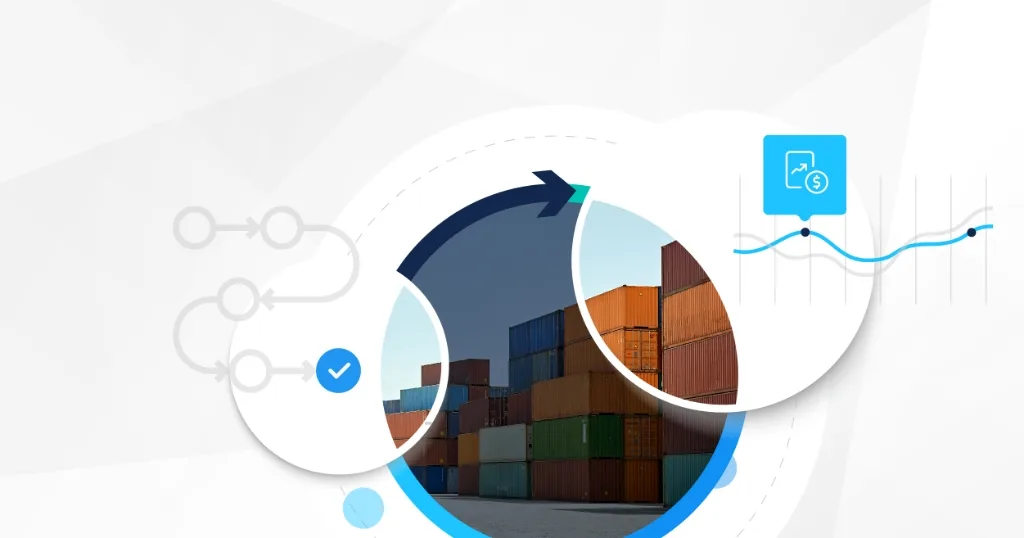As we move into 2024, lease accounting as a part of the overall leasing process continues to play a significant role in the financial strategy of companies across various industries. Lease accounting involves recognizing, measuring, and presenting leases in financial statements. The leasing process has two primary roles: lessee and lessor. A lessee refers to the entity that obtains the right to use a tangible asset under a contract, while a lessor is the entity that grants the right to use the asset under the contract. A contract may be a lease or include an embedded lease wrapped around a sale or service agreement, even when it is not explicitly called a lease contract. As organizations navigate the post-compliance world, many are looking at ways to optimize leased asset lifecycle management processes and at how lease accounting can benefit from upstream and downstream automation.
Integration with other systems
As we progress into 2024, a notable trend in lease accounting is the drive toward integrating lease management systems with other essential business systems. Companies increasingly seek comprehensive, one-stop solutions that consolidate various operational aspects, moving away from using separate systems for different functions. By integrating lease accounting with key systems like GL accounting in the ERP, accounts payable, real estate lease administration, and fleet management, businesses can significantly enhance their operational efficiency.
This integrated approach ensures a seamless data flow across different departments, eliminating the need for multiple, isolated systems. It streamlines processes, saves time, and reduces the resources required to manage different systems independently. Companies can gain a unified view of their lease portfolios through this integration, which minimizes human effort and errors by enabling straight-through processing, simplifies decision-making, enables strategic planning, and reduces emissions.
Refining lease vs. buy analytics
Using a sophisticated lease vs. buy analysis process across the organization based on standard metrics driven by corporate treasury continues to gain traction as companies explore ways to refine their sourcing of capital assets from both pricing and financing perspectives. Leasing assets rather than purchasing them outright allows companies to preserve cash flow and maintain flexibility. It offers numerous benefits, including access to the latest technology, lower emissions, adapting to changing market conditions, and taking advantage of tax incentives. Companies can allocate their resources strategically and achieve greater financial efficiency by implementing standardized lease vs. buy analytics and reporting.
Emissions standards
One significant aspect of asset acquisition and utilization that organizations are increasingly prioritizing is planning for and managing new emissions standards that affect real estate and equipment assets. This newfound emphasis on sustainability has led companies to adopt a “green” approach to minimize their environmental impact. Tracking emissions at the asset level enables companies to actively measure their carbon footprint and strategically implement measures to reduce their environmental impact.
How LeaseAccelerator’s solution can help
LeaseAccelerator Lease Lifecycle Edition software offers a comprehensive solution built around our Lease Accounting Manager application. It helps businesses manage lease accounting compliance and optimize the lease asset lifecycle process by automating lease management and administration in a strong way, including keeping track of emissions and integrating with other systems without any problems. By leveraging Lifecycle Edition, businesses can quickly build on their lease accounting solution, enhancing transparency and efficiency in their lease management processes.
Start optimizing your lease accounting and management practices by scheduling a free demo of LeaseAccelerator Lease Accounting Manager today. Discover how our software can empower your business to integrate lease accounting with other strategic financial processes in 2024 and beyond.







